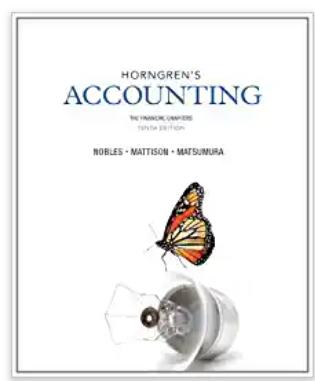Question
a) The current price of a non-dividend-paying stock is $30 and the stock is expected to pay a dividend of $0.5 in one months' time
a) The current price of a non-dividend-paying stock is $30 and the stock is expected to pay a dividend of $0.5 in one months' time and then 0.5 again in four months' time. The risk-free rate of return is 6.00% p.a. (Continuously compounded). If the price on a six-month forward contract is F0,0.5=28, is there an arbitrage opportunity? If arbitrage is possible, design a strategy to take advantage of it. What is the arbitrage profit earned from this strategy? b) The current price of the non-trading stock is $ 30, and the stock will pay a dividend of $ 0.5 in one month and an additional $ 0.5 in four months. The risk-free return is 6.00% p.a. (Continuously configured). If the price of a 6-month futures contract is F0,0.5 = 28, is there an opportunity for arbitrage? If arbitrage is possible, develop a strategy to take advantage of it. What is the profit of arbitrage from this strategy? Australian fund managers expect the stock market to rise in the next six months and would like to be more involved in this trend. The beta of the portfolio currently worth $ 50,000,000 is 0.8. How many S & P200 futures contracts (face value F0, t x $ 25, F0, t = 4,000) do the fund need to create to increase the portfolio beta to 1.4? Should these contracts make the fund longer or shorter? Why should fund managers not just invest additional money in S & P 200 shares to reach their target beta? The Indian rural health care system is severely understaffed. The doctor- patient ratio is said to be 60:100,000 which is extremely frightening.
Step by Step Solution
There are 3 Steps involved in it
Step: 1

Get Instant Access to Expert-Tailored Solutions
See step-by-step solutions with expert insights and AI powered tools for academic success
Step: 2

Step: 3

Ace Your Homework with AI
Get the answers you need in no time with our AI-driven, step-by-step assistance
Get Started


